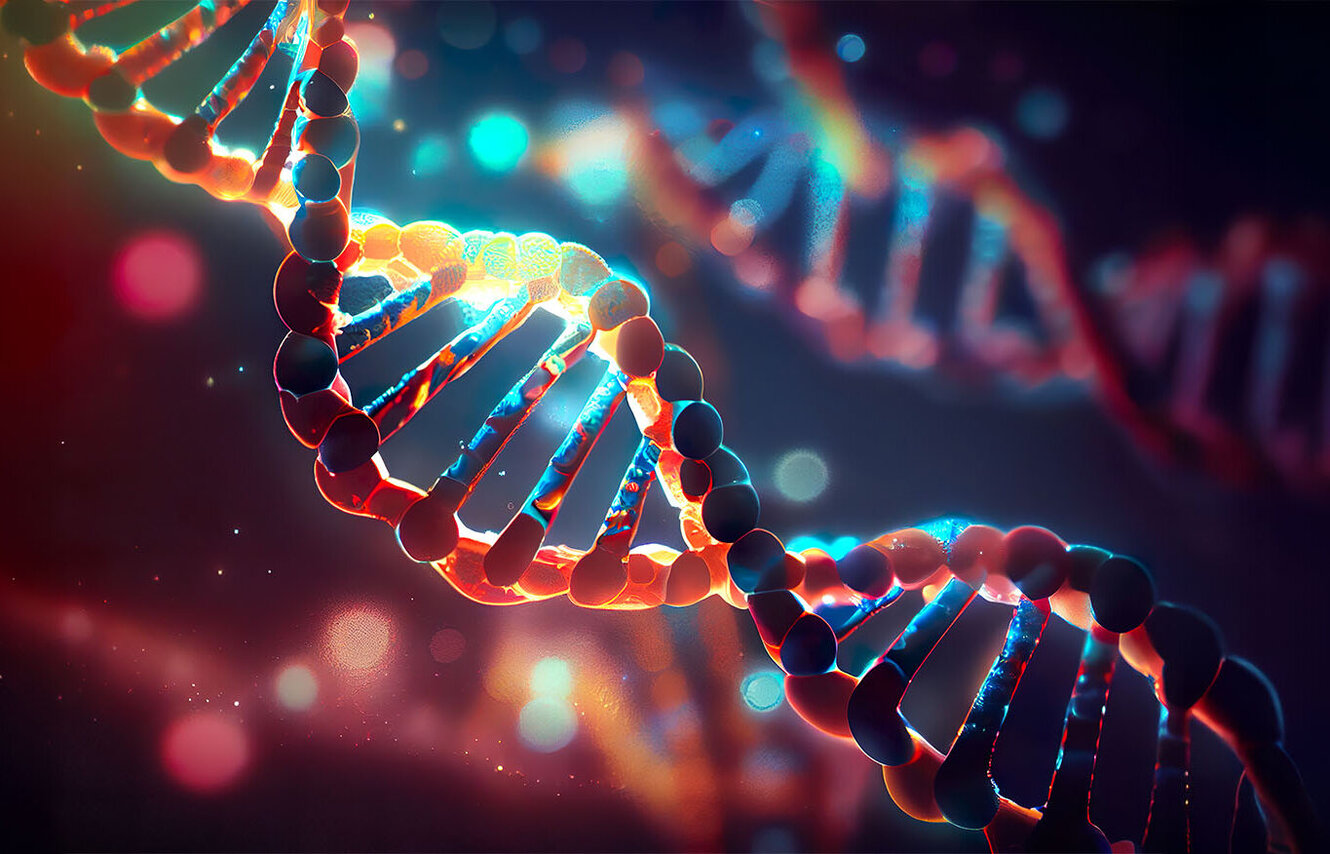Bi-nding to target receptors

The precise targeting of specific cells, especially in complex biological environments, remains a significant challenge in drug delivery and diagnostics. While DNA nanotechnology has been widely explored for its ability to create intricate structures and facilitate homomultivalent interactions, less attention has been given to designing systems that can simultaneously target multiple, distinct receptors on cell surfaces. The Bioorganic Synthesis group (Oliver Seitz) addressed this gap by presenting a novel approach using readily assembled DNA duplexes as scaffolds for ‘heterobivalency’, the simultaneous and specific recognition of receptor pairs on live cells. Their research focused on high-affinity peptide-based binders conjugated with oligonucleotides to create bispecific probes. They identified optimal distances between the two peptides for effective binding to receptor pairs like VEGFR2/αvβ3 on HUVECs and EGFR/MET on A498 cells, demonstrating high specificity and efficient internalization. The probes were successfully used to deliver cytotoxic payloads, offering a promising new strategy for targeted cancer therapies. If you are interested in the details, have a look at the ChemRvix article.
Abstract
Chemical modification and nucleic acid self-assembly can be used to make protein receptor ligands form specific arrangements. While this property has been exploited extensively for probing of homomultivalent interactions in solution, on cells and viruses, there has been comparatively little attention paid to the exploration of heteromultivalent interactions. In this study, we investigated the use of readily assembable DNA duplexes as scaffolds for the DNA programmed heterobivalency to target specific cell types. In contrast to previous bispecific agents, we leverage the potential of peptide-based high affinity binders of cell surface proteins used in diagnostics/therapeutics. Systematic spatial screening revealed the optimal distance between two (cyclo)peptides required for selectively recognizing cells expressing unique combinations of receptors. The VGFR2 / αVβ3 receptor system on HUVECs was tolerant to changes of the distance between two cyclopeptides (L and cyclo(-RGDfK-)) required that the distance exceeded approx. 65 Å distance. Of note, a different distance affinity landscape was observed for recognition of EGFR and MET on A498 cells (through GE11 and bicyclic peptide GE-137). The DNA-programmed bispecific binders demonstrated specificity and efficient internalization into target cells. Nucleic acid hybridization with auristatin-loaded DNA enabled a selective targeting of cytotoxic payload. The distance-optimized bispecific DNA-peptide probes offers insights useful for developing targeted therapeutics in cancer therapy.